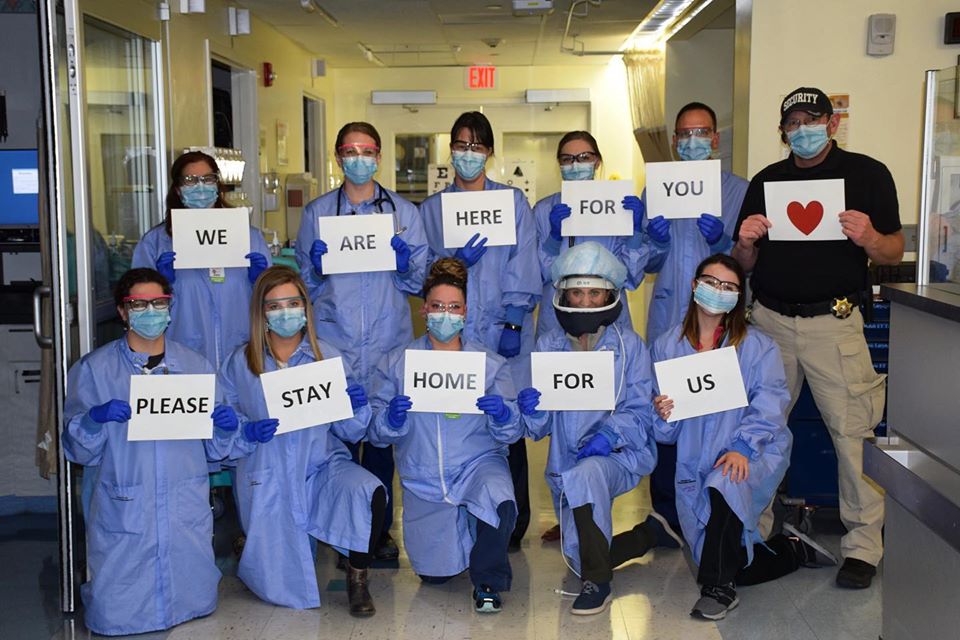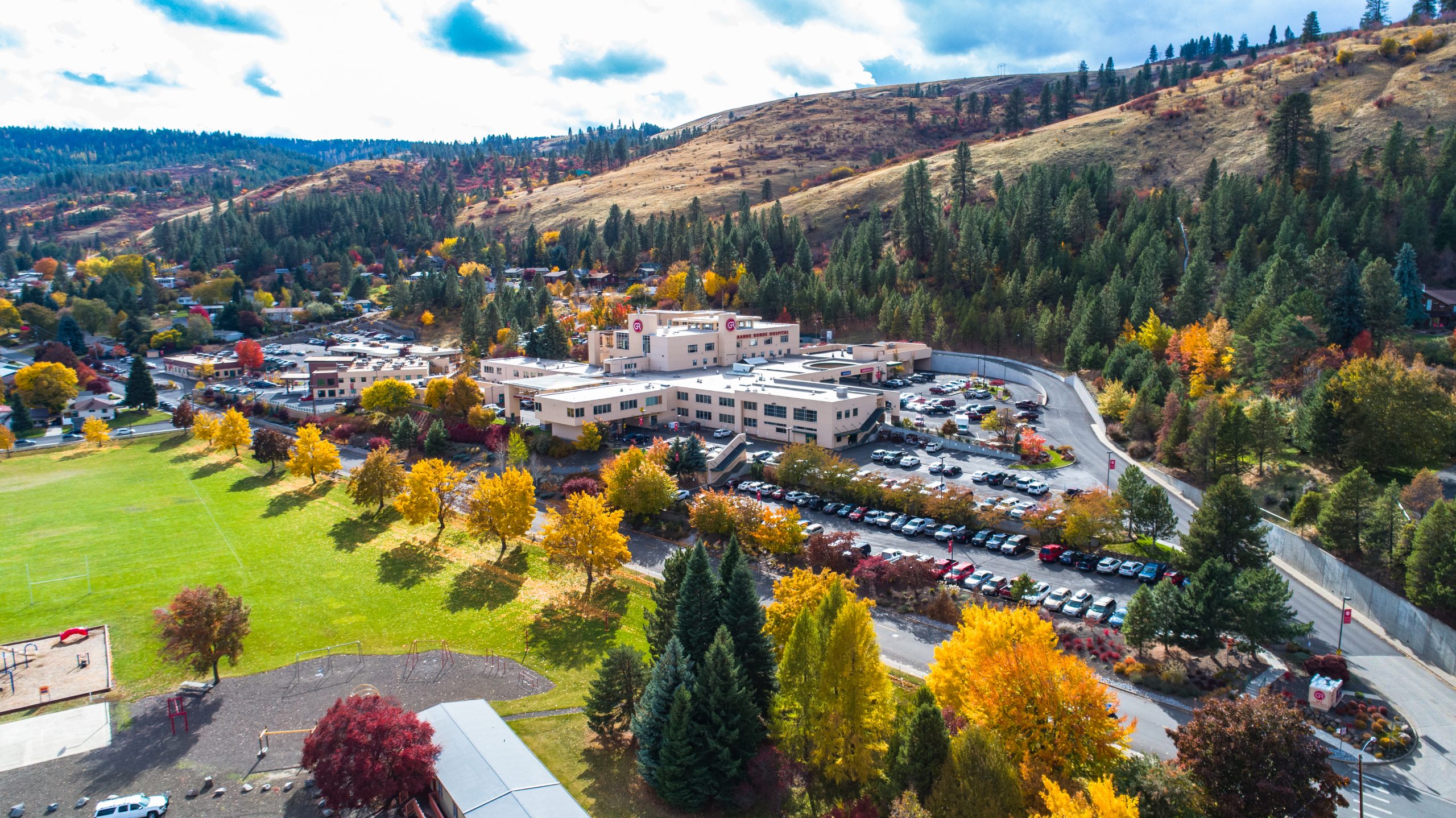Specific Guidance for Restaurants, Bars, Breweries, Brewpubs, Wineries, Tasting Rooms
and Distilleries
Distancing and Occupancy:
Businesses must:
• Review and implement General Guidance for Employers.
• Limit the gathering capacity to a maximum of 250 people or the number of people, including staff, based on a determination of capacity (square footage/occupancy as specified below), whichever is less. Ensure compliance with the OHA Guidance for Gatherings.
• Ensure tables are spaced at least six (6) feet apart so that at least six (6) feet between parties is maintained, including when customers approach or leave tables.
Businesses will need to determine seating configuration to comply with these physical distancing requirements.
Remove or restrict seating to facilitate the requirement of at least six (6) feet of physical distance between people not in the same party.
If booth seating is back-to-back, only use every other booth.
• Limit parties to 10 people or fewer. Do not combine parties/guests at shared seating situations who have not chosen to congregate together. People in the same party seated at the same table do not have to be six (6) feet apart.
• If a business is unable to maintain at least six (6) feet of distance, except for brief interactions (for example, to deliver food to a table), it may operate only as pick up/to go service. This applies to both indoor and outdoor seating.
Employees:
Businesses must:
• Minimize employee bare-hand contact with food through use of utensils.
• Reinforce that meticulous hand hygiene (frequent and proper handwashing) is of utmost importance for all employees, including chefs, line cooks and waitstaff.
• Have employees wear gloves when performing cleaning, sanitizing, or disinfecting activities. Please note that for non-cleaning activities, non-Oregon Department of Agriculture (ODA) licensed facility employees are not required to wear gloves. Wearing gloves for activities that might overlap with food handling can foster crosscontamination. If businesses choose to have employees use gloves, they must provide non-latex gloves and employees must prevent cross-contamination by replacing gloves
after touching faces or changing tasks (e.g., food preparation versus taking out garbage). See Food Code Fact Sheet #1-Minimizing Bare Hand Contact.
• Review and implement Mask and Face Covering Guidance for Business, Transit and the Public.
Additional requirements for facilities licensed by the ODA:
• No bare-hand contact with food is permitted per their licensing requirements.
Operations:
Businesses must:
• Adhere to guidance outlined in this document, as well as all applicable statutes and administrative rules to which the business is normally subject.
• End all on-site consumption of food and drinks, including alcoholic beverages by 10 p.m.
• Prohibit customer self-service operations, including buffets, salad bars, soda machines and growler refilling stations.
• Disinfect customer-contact surfaces at tables between each customer/dining party including seats, tables, menus, condiment containers and all other touch points.
• Provide condiments, such as salt and pepper, ketchup, hot sauce and sugar, in single service packets or from a single-service container. If that is not possible, condiment containers should not be pre-set on the table and must be disinfected between each customer or dining party. Disinfection must be done in a way that does not contaminate the food product. For example, do not use a spray device on a saltshaker.
• Not pre-set tables with tableware (napkins, utensils, glassware).
• Prohibit counter and bar seating unless the counter faces a window or wall and at least six (6) feet of distance is maintained between parties. This applies to all facilities including bars, breweries and tasting rooms. Counter and bar ordering are acceptable if the operation finds that this decreases worker exposure. The counter ordering approach requires that food and alcohol are taken to a table that meets distancing requirements for consumption and at least six (6) feet of physical distance is maintained among customers and employees during the ordering process.
• Ensure customers/parties remain at least six (6) feet apart when ordering.
Signs should be posted as necessary to ensure that customers meet the
requirements of this guidance.
Mark designated spots on the floor where customers will wait in line.
• Frequently disinfect all common areas and touch points, including payment devices.
• Use menus that are single-use, cleanable between customers (laminated), online, or posted on a whiteboard or something similar in order to avoid multiple contact points.
• Prohibit use of karaoke machines, pool tables, and bowling.
• For use of juke box and coin-operated arcade machines, the same protocols should be followed as outlined for Video Lottery Terminals below.
To the extent possible, businesses should, but are not required to:
• Assign a designated greeter or host to manage customer flow and monitor distancing while waiting in line, ordering, and during the entering and exiting process. Do not block egress for fire exits.
• Limit the number of staff who serve individual parties. Consider assigning the same employee to each party for entire experience (service, busing of tables, payment). An employee may be assigned to multiple parties but must wash hands thoroughly or use hand sanitizer (60-95% alcohol content) when moving between parties.
• Assign employee(s) to monitor customer access to common areas such as restrooms to ensure that customers do not congregate.
• Encourage reservations or advise people to call in advance to confirm seating/serving capacity. Consider a phone reservation system that allows people to queue or wait in cars and enter only when a phone call, text, or restaurant-provided “buzzer” device, indicates that a table is ready.
• Consider providing hand-washing facilities for customer use in and around the business.
Hand sanitizer is effective on clean hands; businesses may make hand sanitizer (at least 60-95% alcohol content) available to customers. Hand sanitizer must not replace hand washing by employees.
• Post clear signs (available at healthoregon.org/coronavirus) listing COVID-19 symptoms, asking employees and customers with symptoms to stay home, and listing who to contact if they need assistance.
Video Lottery Terminal (VLT) Operations:
Businesses must:
• Place VLTs at least six (6) feet apart, if there is space to do so. If VLTs cannot be spaced at least six (6) feet apart, the Oregon Lottery may turn off VLTs in order to maintain required physical distance between operating machines and players.
• Require individuals to request VLT access from an employee before playing; an employee must then clean and disinfect the machine to allow play. A business must not allow access to VLTs or change VLTs without requesting access from an employee.
• Consider a player at a VLT machine the same as a customer seated for table service.
• Limit one player at or around a VLT.
• Note: Oregon Lottery will not turn on VLTs until the agency is satisfied that all conditions have been met.
Specific Guidance for Restaurants, Bars, Breweries, Brewpubs, Wineries, Tasting Rooms and Distilleries
Categories:

